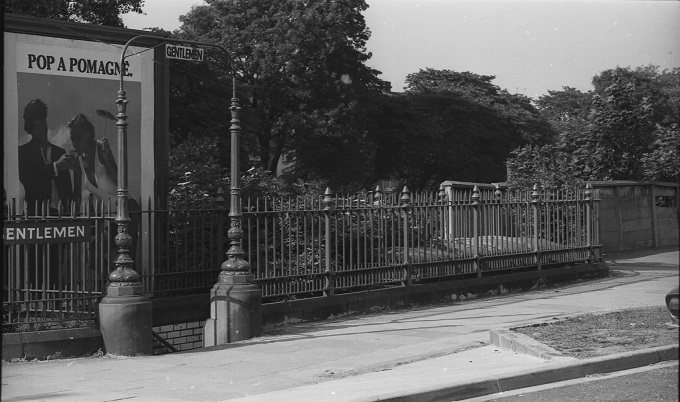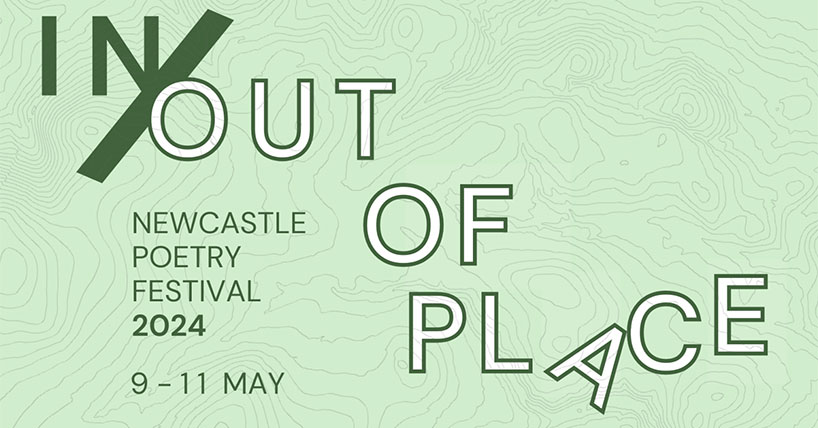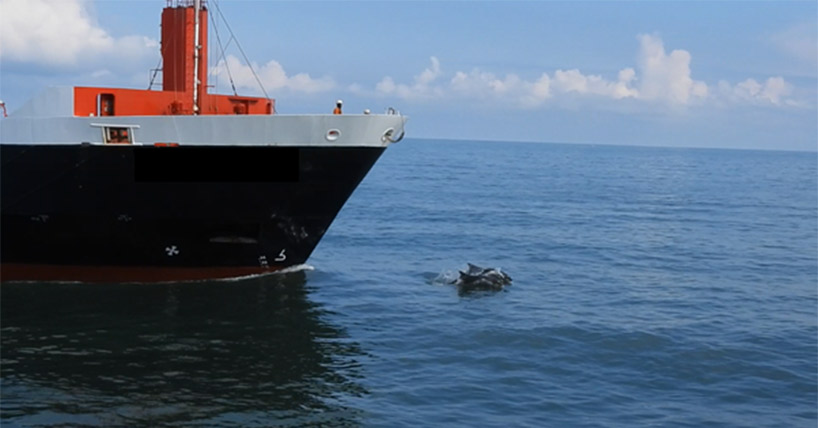public toilets
New exhibition charts rise and decline of Newcastle’s public toilets
Published on: 12 June 2023
A new exhibition explores the hidden history of Newcastle’s public toilets, and how the city went from boasting over 80 public toilets a century ago to zero today.
Working with archival photos of old conveniences, detailed architectural plans, and Ordnance Survey maps of Newcastle city centre’s toilet locations, researchers at Newcastle University have investigated the timeline of the city’s toilets and the “hotspots” for public convenience provision in the past.
Although overlooked by most historians, the provision of toilets can tell us how inequality, sexism, and capitalism has governed this non-negotiable, everyday occurrence for everyone.
Starting 21st June, at Newcastle city library, the exhibition has been curated by Newcastle University architecture graduate Maud Webster, working alongside Dr Shane McCorristine, Reader in Cultural History. Their research, which was funded by an Engagement and Place award from Newcastle University, was inspired by the difficulties people had in finding public toilets during Newcastle’s Covid-19 lockdowns, as well as the recent repurposing of two former Victorian toilets on Bigg Market and High Bridge into bars.
Maud Webster said: “It’s been fascinating to track the rise and fall of public toilet provision in the city and correlate this to social and technological factors which have changed over time. Using the toilet is an essential daily experience for everyone, so it feels very relevant to be researching the history of Newcastle’s public toilet provision, especially as there are now no council-run public facilities available in the city today.”

Newcastle’s netties over the past two centuries
Most people’s only access to a toilet in the first half of the nineteenth century was in the form of a ‘privy’ - typically a hole over a cesspool that was cleared irregularly. The research highlighted that in the 1850s Newcastle only had 21 public privies, of which 10 were lighted, and all were in “offensive” and “objectionable” conditions.
In poorer areas, where even communal privies were not available, people relied on ‘kits’ or chamber pots that were either brought down to the streets at night for the ash-cart or thrown into courtyards. These were almost never cleansed so excreta was left to be trampled down into soil and paving, washed away by the rain, or dried and evaporated during dry summers. In these conditions it is no surprise that transmissible diseases like cholera and typhus frequently ravaged the town.
Following a cholera epidemic in 1853 that killed at least 1,500 people out of a population of 90,000, and a damning inquiry the following year which heard evidence that out of 9,453 houses in the borough, only 1,421 houses had water-closets, it became clear to public health officials that decent public toilets could address some of the causes of epidemics.
One key figure in the research is Thomas Bryson, who was Newcastle's Town Surveyor between 1854 and 1867. Alongside public health officers, he urged the Council to provide more public conveniences in the city. By the 1890s, Ordnance Survey maps indicate that Newcastle had over 40 toilets, ranging from male-only urinals by the quayside to gender-separated privies in retail districts.
Dr McCorristine said: “Poorer people generally lived in more insanitary conditions than others and landlords were rarely prosecuted for breaking bye-laws relating to sewerage. The provision of adequate and clean public conveniences, therefore, was key to improving public health and the lives of the majority of Newcastle’s inhabitants”.
Flushed out of the city
In 1890, the Newcastle Sanitary Committee declared the comparable lack of public toilets available for women in the city was “a matter in which Newcastle is behind other great towns". Yet, in 1964 male conveniences still outnumbered female conveniences 63 to 24.
Private flushing toilets in the home started to replace the old shared privies, and with this came a decline in the dependence most people had on public toilets.
Alongside this, the quality of department store and pub toilets greatly improved, but usage was intended for paying customers willing to “spend a penny” to use the private toilet.
By contrast, public toilets became notorious for vandalism and anti-social behaviour, although budget cuts to local authorities would indicate a state of managed decline was put in place, say the research team.
There are currently no outdoor public toilets in Newcastle, although the City Council hopes to open some. A few of the former public toilets have recently been transformed for other uses, such as the WC Wine Bar in the old Bigg Market gentlemen’s toilets and a Gin Bar in the former ladies’ toilets on High Bridge. The Grade II listed octagonal toilet at the Gateshead end of the approach span to the Tyne Bridge is sadly now in private hands.
The research will continue to explore the factors behind this substantial decline, including the impact of lifestyle shifts of workers and consumers.
“We hope to move the project forwards through a collection of information through an oral history project”, Webster said. “People clearly have memories of the more abundant public toilet provision just a few decades ago, and we feel it would give another interesting dynamic of the research.”
“The Rise and Decline of Newcastle’s Public Toilets” will run in Floor 6 Local Studies, City Library, Newcastle, from June 21 to August 14 2023


.jpg)
